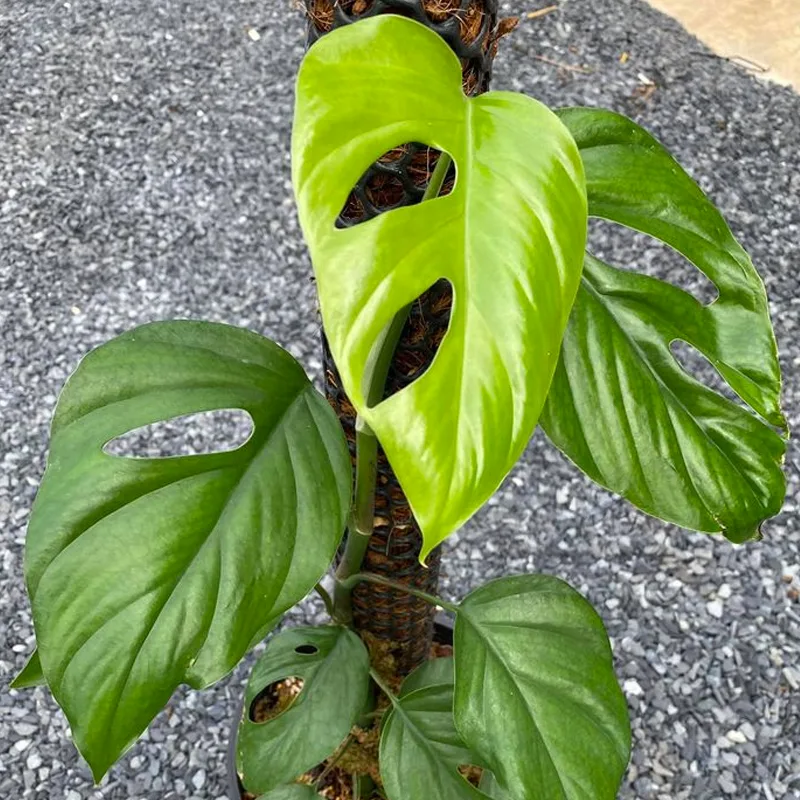The Curious Case of Pennsylvania Pellitory: A Gardener’s Guide
There’s a certain charm to the unexpected. In the world of gardening, that charm often takes the form of a wildflower stubbornly sprouting where it shouldn’t. One such wildflower is the Pennsylvania Pellitory (Parietaria Pensylvanica). This unassuming annual herb from the nettle family has piqued the curiosity of many a gardener, myself included.
Today, we’ll delve into the world of Pennsylvania Pellitory, answering your most common questions with a dash of scientific fact and a sprinkle of practical advice.
Plant Family: 59 Genera in Urticaceae – Nettle Family
A Weed in Disguise?
The first question most encounter with Pellitory is: weed or wonder? The answer, like most things in nature, isn’t black and white. Pellitory thrives in disturbed soil, making it a common sight in gardens, especially those with exposed earth after tilling or construction. It readily colonizes cracks in walkways and walls, earning its nickname “wall pellitory.” While its presence might not be aesthetically pleasing in a manicured flowerbed, its shallow root system rarely competes with deeper-rooted ornamentals.
How to identify Parietaria Pensylvanica?
So, how do you identify this botanical visitor? Look for a low-growing plant, typically reaching no more than 20 inches. The leaves, arranged alternately on the stem, are the key giveaway. Lance-shaped or oval, with a pointed tip and a slightly rough texture, they lack the serrated edges of some nettles. Tiny, greenish flowers huddle in the leaf axils (the junction where leaf meets stem). Unlike its nettle relatives, Pellitory doesn’t sting, but some people experience a mild itch from contact with the foliage.
What are benefits of Parietaria Pensylvanica?
While some may view Pellitory as an unwelcome guest, it plays a valuable ecological role. Its small, inconspicuous flowers provide nectar for pollinators like butterflies and bees. These tiny insects, vital for maintaining a healthy ecosystem, flit from Pellitory to cultivated plants, ensuring successful pollination. Additionally, Pellitory serves as a food source for the caterpillars of the Red Admiral butterfly, adding a dash of biodiversity to your garden.
Separating Fact from Folklore: Medicinal Uses
Pellitory boasts a long history of use in traditional medicine. From kidney stones to asthma, various cultures have employed it for a range of ailments. However, these claims lack strong scientific backing in modern medicine. While some plants offer demonstrably beneficial properties, Pellitory’s effectiveness remains unproven. It’s best to leave this wildflower to its ecological contributions and consult a healthcare professional for any health concerns.
Friend or Foe? Making the Pellitory Call
The decision of whether to remove Pellitory ultimately rests with you. If it’s a scattered presence, consider leaving it. Its shallow roots won’t disturb established plants, and it might attract beneficial insects to your garden. However, if Pellitory threatens to take over a flowerbed, gentle removal is an option. Pulling it up by hand is usually effective, and the shallow root system minimizes soil disruption.
Here’s a tip: If you choose to remove Pellitory, consider using it as a natural mulch. Chop the leaves and stems and spread them around the base of your desired plants. This organic matter helps retain moisture and suppress weed growth, a touch of eco-friendly recycling.
A Final Word: Appreciation for the Unexpected
Pennsylvania Pellitory might not be the star of the garden show, but its presence speaks volumes about nature’s resilience. It thrives in the margins, a testament to the power of life to find a foothold even in the most unexpected places. The next time you encounter this little wildflower, take a moment to appreciate its quiet persistence, a reminder that beauty and wonder can bloom in the most unlikely corners of our world.
If i die, water my plants!



